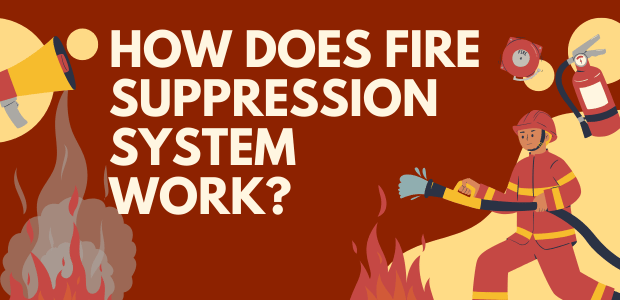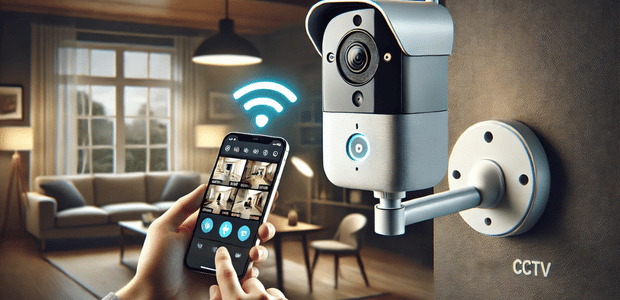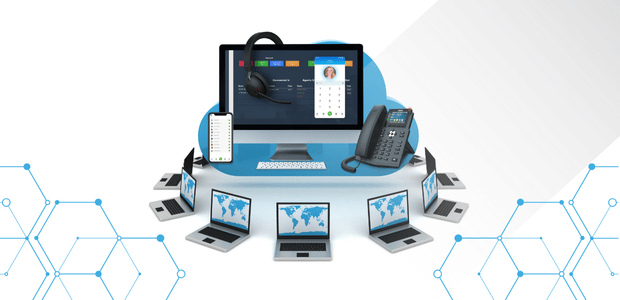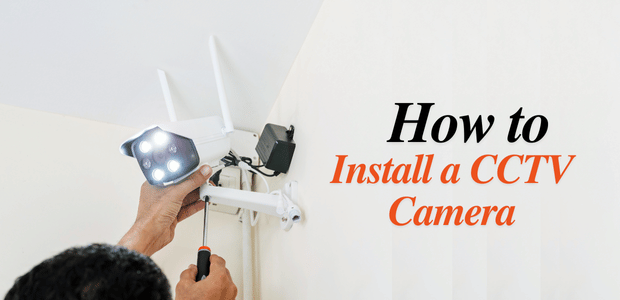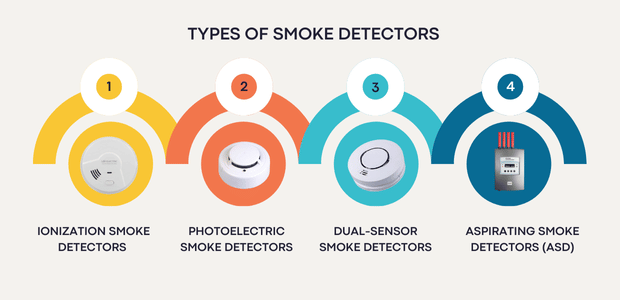PBX vs VoIP Phone Systems: 5 Key Differences You Must Know

- December 03, 2024
- Interface Digital
In today’s fast-paced business world, communication systems play a pivotal role in ensuring seamless operations. When choosing the best business phone system for your organization, you’ll likely encounter two prominent options: PBX vs VoIP. Making an informed choice requires knowing how different systems differ from each other. This blog delves into the complexities of PBX & VoIP phone systems, highlighting their key differences to help you decide which suits your business needs best.
What is PBX?
PBX, or Private Branch Exchange, is a traditional phone system that operates within an organization to manage internal and external calls. Historically, IP PBX systems relied on analog technology, but modern versions often include digital and hybrid setups. PBX enables businesses to establish business communication solutions, including features like call routing, extensions, and voicemail.Key Features of PBX:
- Dedicated Hardware: Requires hardware installed on premise phone systems.
- Call Management: Includes features like call transfers, hold, and voicemail.
- Reliability: It operates freely without the internet, providing stability.
- Scalability Challenges: Expanding requires additional hardware and can be costly.
- Upfront Investment: High initial costs for hardware, installation, and maintenance.
What is VoIP?
Voice over Internet Protocol, or VoIP, uses the Internet to communicate over the office phone systems. Unlike PBX, VoIP does not require dedicated hardware, as it uses cloud-based technology. This modern communication solution is popular among businesses due to its cost-efficiency and flexibility.Key Features of VoIP:
- Internet-Based: Cloud telephony that operates over broadband connections or wireless IP phones.
- Cost-Effective: Minimal hardware requirements and lower operational costs.
- Scalable: Easily adaptable to business growth without significant infrastructure changes.
- Advanced Features: Includes video conferencing, call analytics, and integrations with other business tools.
- Mobility: Accessible from anywhere with an internet connection.





